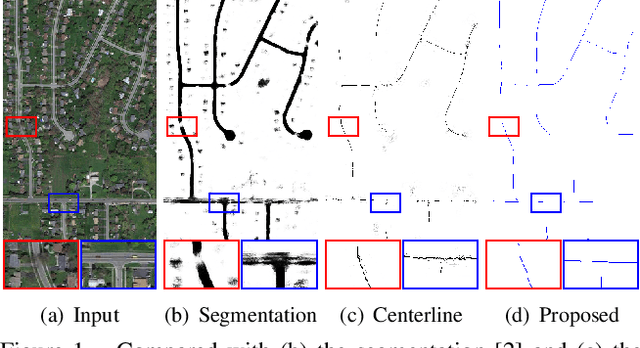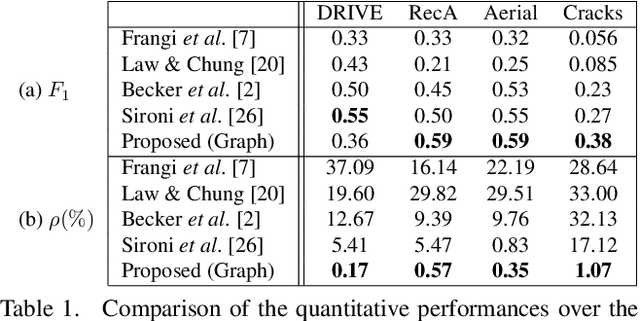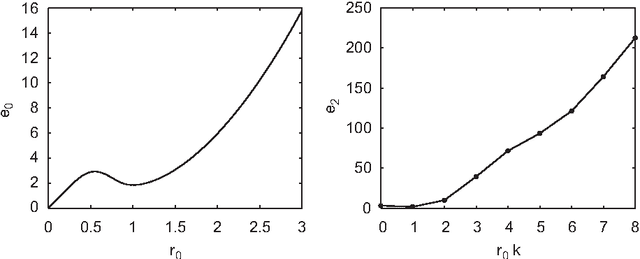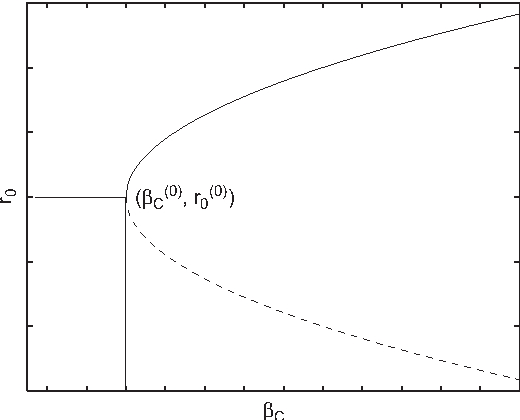Josiane Zerubia
INRIA Sophia Antipolis
Progressive Tree-like Curvilinear Structure Reconstruction with Structured Ranking Learning and Graph Algorithm
Dec 08, 2016



Abstract:We propose a novel tree-like curvilinear structure reconstruction algorithm based on supervised learning and graph theory. In this work we analyze image patches to obtain the local major orientations and the rankings that correspond to the curvilinear structure. To extract local curvilinear features, we compute oriented gradient information using steerable filters. We then employ Structured Support Vector Machine for ordinal regression of the input image patches, where the ordering is determined by shape similarity to latent curvilinear structure. Finally, we progressively reconstruct the curvilinear structure by looking for geodesic paths connecting remote vertices in the graph built on the structured output rankings. Experimental results show that the proposed algorithm faithfully provides topological features of the curvilinear structures using minimal pixels for various datasets.
A higher-order active contour model of a `gas of circles' and its application to tree crown extraction
Nov 22, 2006



Abstract:Many image processing problems involve identifying the region in the image domain occupied by a given entity in the scene. Automatic solution of these problems requires models that incorporate significant prior knowledge about the shape of the region. Many methods for including such knowledge run into difficulties when the topology of the region is unknown a priori, for example when the entity is composed of an unknown number of similar objects. Higher-order active contours (HOACs) represent one method for the modelling of non-trivial prior knowledge about shape without necessarily constraining region topology, via the inclusion of non-local interactions between region boundary points in the energy defining the model. The case of an unknown number of circular objects arises in a number of domains, e.g. medical, biological, nanotechnological, and remote sensing imagery. Regions composed of an a priori unknown number of circles may be referred to as a `gas of circles'. In this report, we present a HOAC model of a `gas of circles'. In order to guarantee stable circles, we conduct a stability analysis via a functional Taylor expansion of the HOAC energy around a circular shape. This analysis fixes one of the model parameters in terms of the others and constrains the rest. In conjunction with a suitable likelihood energy, we apply the model to the extraction of tree crowns from aerial imagery, and show that the new model outperforms other techniques.
 Add to Chrome
Add to Chrome Add to Firefox
Add to Firefox Add to Edge
Add to Edge